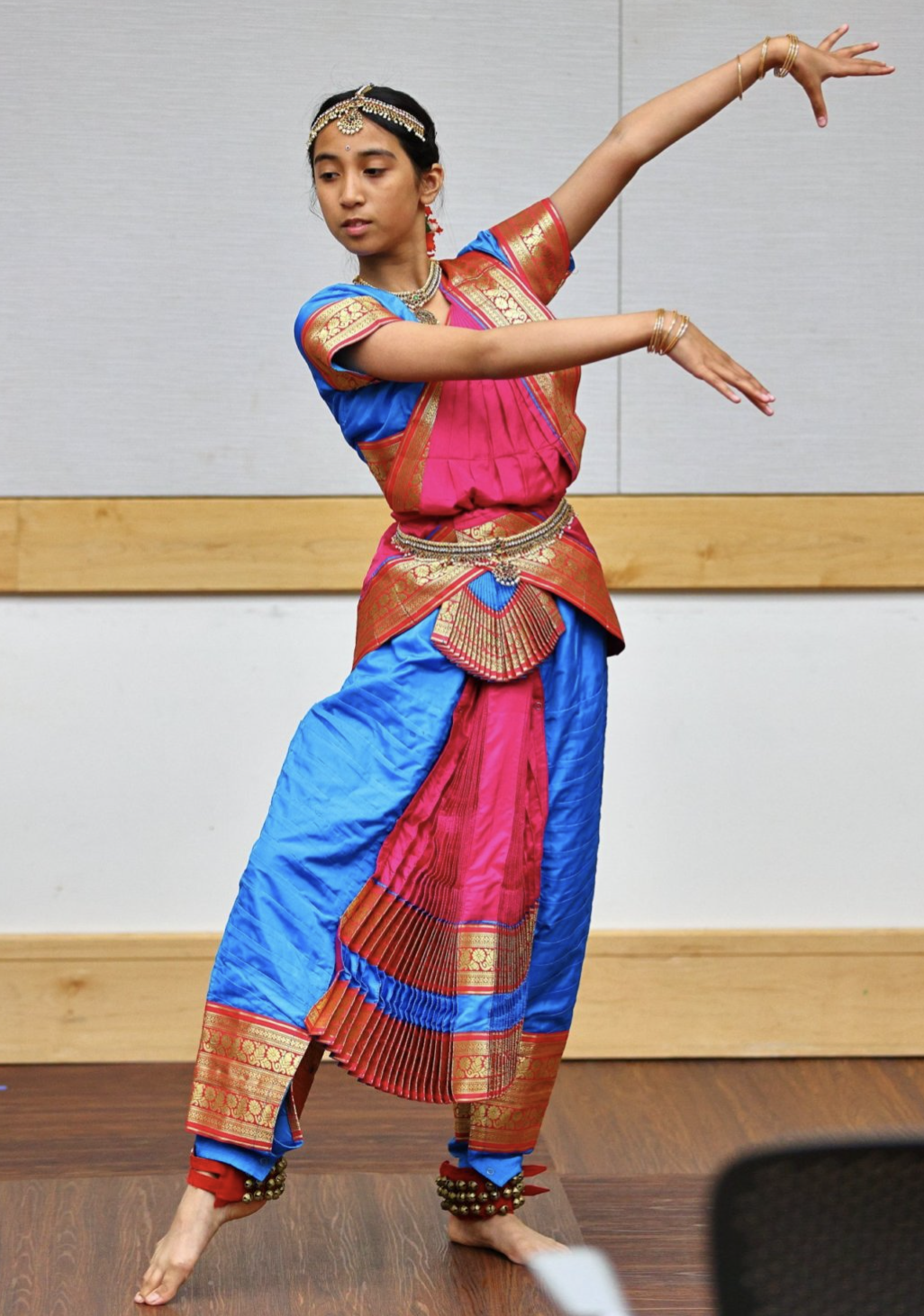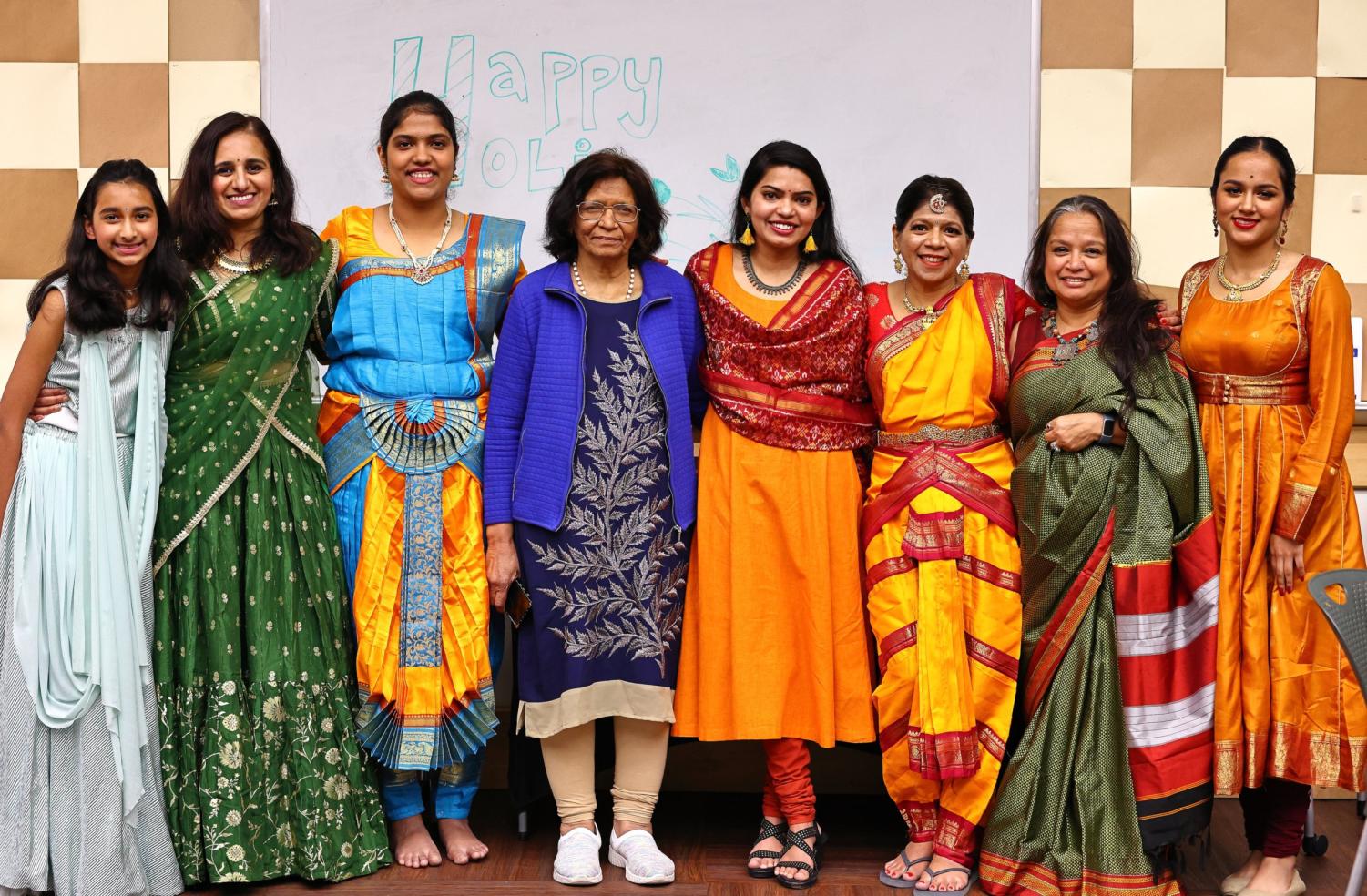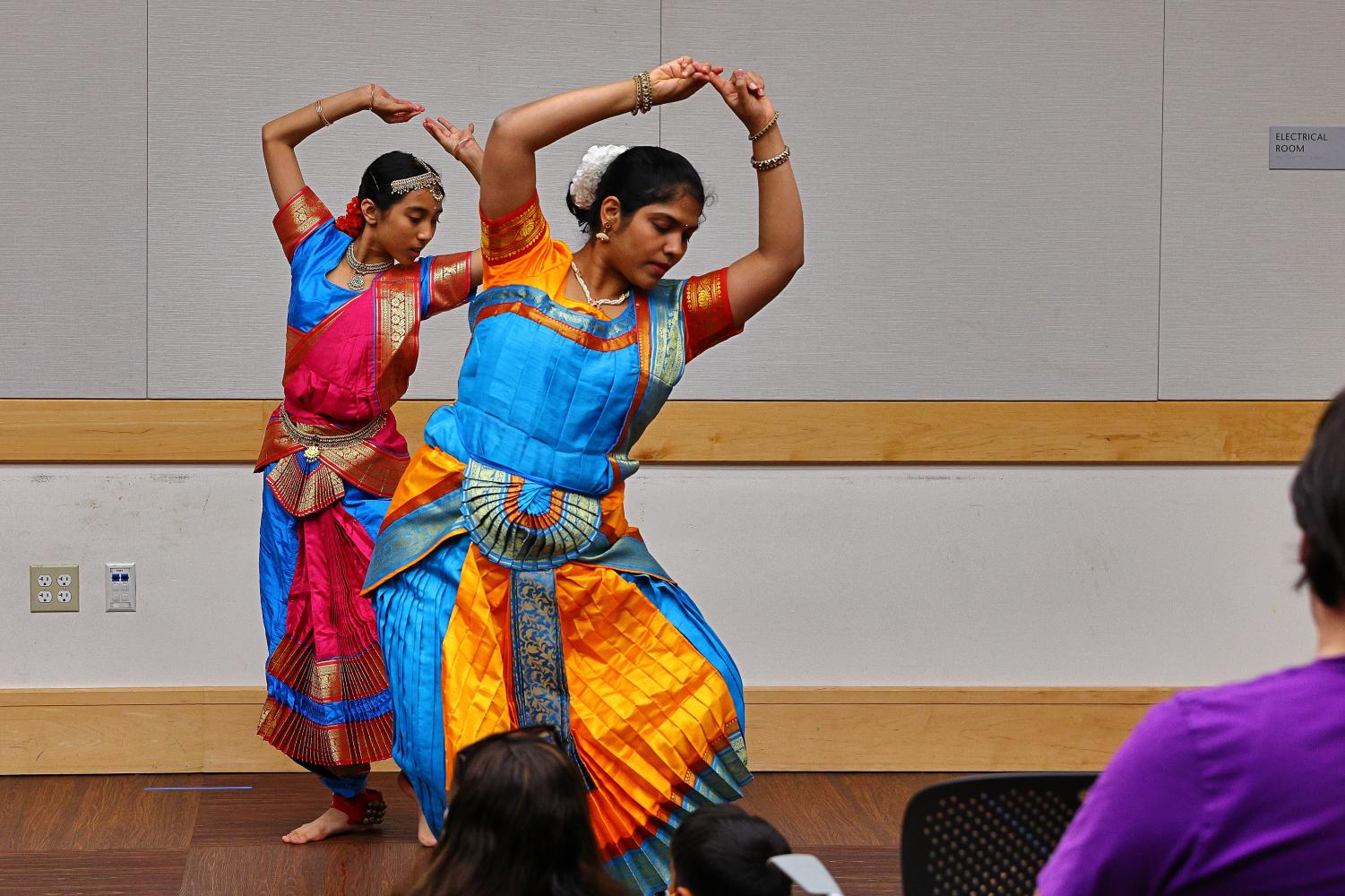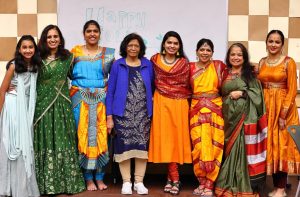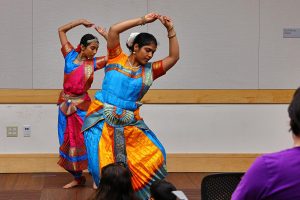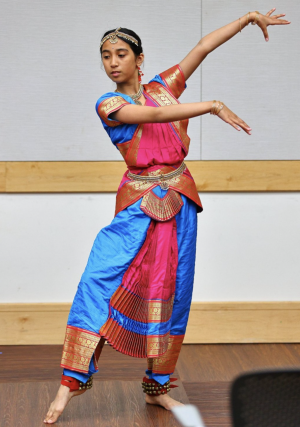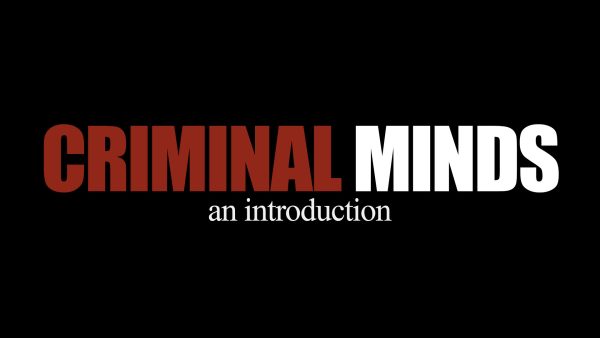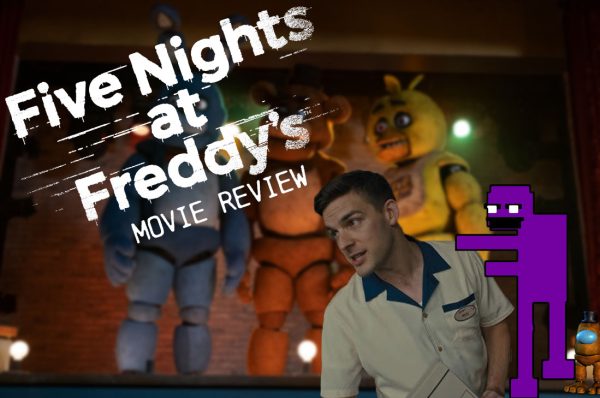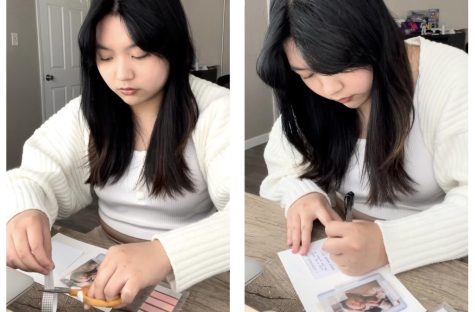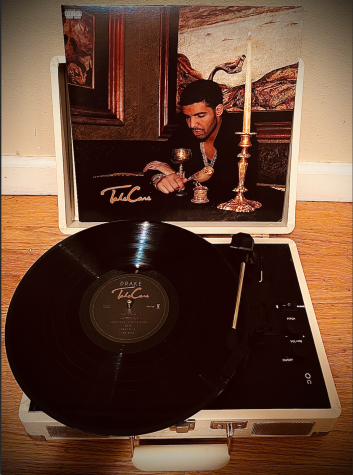A day of traditional, classical, Indian arts
I have been attending Hindustani classical performance arts events since before I can even remember.
When I was younger, I would dread having to get dressed in Indian clothes, before driving 40 minutes from Pacifica all the way to down to the South Bay. All this to watch Indian performers preserve the art forms of their ancestors in an overcrowded community center auditorium.
However, as I’ve grown older and more interested in my own lineage, these events have not only edged closer to my home in Pacifica, but have also become more pleasurable for me to attend.
I have to admit that my exposure and enjoyment of these Indian classical art forms has increased partly due to my younger sister’s participation in a traditional Indian dance known as Kathak.
Attending her performances has shown me several other art forms, most notably, bharatanatyam.
Purvi Jejurkar is a native of San Mateo County, a scientist at AbbVie pharmaceuticals, and dance instructor of the Indian classical dance bharatanatyam. Although she works in biotech, she has been dancing bharatanatyam for years.
“I started learning the dance in fifth grade,” Jejurkar says. “I did what they call it as visharad, which is equivalent to a bachelor’s degree in bharatanatyam. And alankar visharad is what I was pursuing after that, which is like a masters degree.”
Professionally trained in bharatanatyam before immigrating to the U.S., Jejurkar also holds an undergraduate degree in pharmacy and a masters in pharmaceuticals.
“I always wanted to get back to dancing,” she says. “But while I was in grad school in New York, I was very busy. It was hard to find a class or even teach.”
Fortunately, Jejurkar was able to rediscover her passion for the arts after moving to the Bay Area. Today, in addition to her job in pharmaceutical development, she is the artistic director of Pagrav Dance Studio in Hillsborough, CA.
Most recently, her Pagrav dance studio, in collaboration with Inika Karulkar of the Leela Dance Collective, brought the ancient Indian arts to the libraries of San Mateo County. They wanted to acknowledge the Hindu festival of Holi that celebrates the arrival of Spring.
“These classical Indian dance forms are highly collaborative activities” said Jejurkar. “Sometimes, I’ll dance for thirty minutes after I finish work. Doing that can help manage stress and promote healthier living for me.”
Jejurkar also noted the remarkable change she has witnessed in the Bay Area in terms of the diversity of the arts, and events like the one her Pagrav studio showcased at the libraries.
“When we came to the Bay Area” said Jejurkar. “There weren’t a lot of Indians the way there are now. So reigniting my passion for the traditional dance I had learned as a child back in India became a way to find community here.”
Finally, when asked if Jejurkar would be inerested in teaching bharatanatyam at a local community college, it seemed like she would be open to as sharing her cultural background through the vehicle of dance. Sharing the joy of dance and her cultural traditions with her community is evidently important to her.
It’s stories like Jejurkar’s that have drawn me back to the Indian classical arts as I was inspired by their quest to spread awareness about their culture to preserve their artistic traditions for future generations in San Mateo County.



